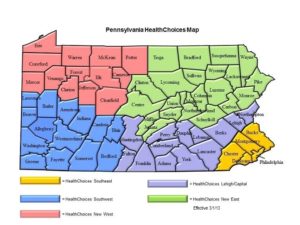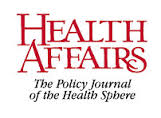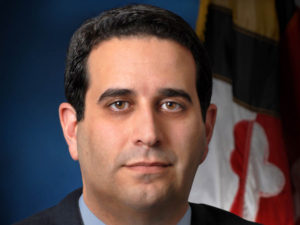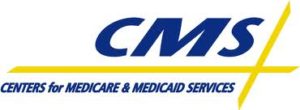PA Medicaid: One Year, 625,000 New Beneficiaries
Last week marked the one-year anniversary of Pennsylvania’s Affordable Care Act-authorized expansion of its Medicaid program.
In that year, nearly 625,000 Pennsylvanians enrolled in the program.
Among them,
- 46 percent are under the age of 35
- 109,000 are parents
- 300,000 are employed

If past Medicaid utilization patterns hold true, most of these new Medicaid beneficiaries will receive most of their health care benefits from the state’s private safety-net hospitals.
Learn more about Pennsylvania’s Medicaid expansion, who has taken advantage of it, and how the program has changed in the past three years in this state news release.

 Other suggestions for modifying the readmissions reduction program include shortening the window on readmissions, which might better reflect the quality of care a hospital provides rather than the nature of the patients it serves; changing the quality measures on which hospitals are judged, choosing new measures that might be less sensitive to socio-economic factors; and providing additional financial or other support to hospitals that serve especially large numbers of low-income patients.
Other suggestions for modifying the readmissions reduction program include shortening the window on readmissions, which might better reflect the quality of care a hospital provides rather than the nature of the patients it serves; changing the quality measures on which hospitals are judged, choosing new measures that might be less sensitive to socio-economic factors; and providing additional financial or other support to hospitals that serve especially large numbers of low-income patients.




